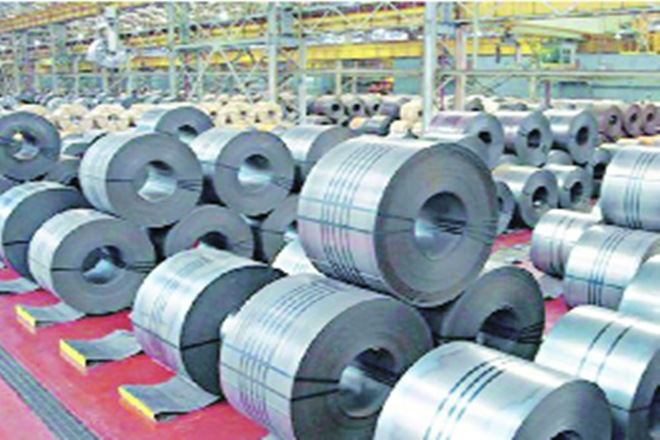The hallmark of promotion of a commodity rests predominantly on the trust of the end users in its quality and standard. Over the years the requirement of the end users has undergone multiple changes. It is not only the chemical and mechanical properties (in case of steel) that are considered, its behaviour during the process of transformation into another finished item is also considered, be it in an equipment, motor, panel, road and rail bridges, flyovers, vessel, wagons and coaches, aircraft, furniture, among others. In the currently much talked about Circular Economy concept, the property of steel when reused, remanufactured or recycled, would be totally nullified if the basic quality of steel is compromised.
In order to frame standards and codes in various commodities and thereby specify the chemical and mechanical properties of the item when used individually or in combination with other commodities, the Bureau of Indian Standards (BIS) was created. The setting up of BIS has made it possible to identify and monitor the behaviour of the specific item when exposed to different atmosphere. In the recent past, a need was felt by various government departments that considering the importance of various end using segments, a few BIS codes and standards must be made mandatory prior to their implementation.
Accordingly, the ministry of steel took the initiative of bringing out mandatory Quality Control Order for 53 steel items and would shortly come out with mandatory standards for the balance steel items. TMT Bar under IS-1786 D&S is one of such standards that have been made mandatory and its production, consumption and storage without getting a BIS license for the same is not permissible. The procedure for getting a license includes the testing of the sample to match the quality standards specified (maximum per cent).
IS-1786 D specifies carbon, sulphur, phosphorous, S+P in max per cent, Tensile strength/ Yield strength ratio (for rolling and cooling time) and Elongation (flexibility, ductility) for Fe-415, 500,550 and 600 grades, where Fe denotes minimum 0.2% proof stress and yield stress in N/mm(square). The recent report on failure of samples of TMT Bar for failing P and S+P standards is nothing new and should not be taken as a great danger signal. It is well known that Induction Furnace route would produce TMT Bars that may exceed the 0.055 norm for Fe500 and exceed S+P norm of 0.105 unless the product passes through Ladle Furnace. It is also understood that use of more scrap (more expensive) in place of sponge iron would improve the quality of the products. As ladle furnace requires a small investment, many units are not keen to install them and restrict their products for non-load bearing end uses and other retail uses.
High phosphorous enhances brittleness and therefore risky for many end uses. UNDP programmes for upgradation of furnaces must be adopted more widely to enable these units produce quality steel.
It is also to be kept in view that demand of TMT Bar being well spread out in the country and annual consumption exceeding 22 MT and shortly increasing by another 5-10 MT in the coming years due to thrust on infrastructure building and affordable housing segments, it would be much beyond the capacity of primary and other reputed firms to cater to this requirements.
Therefore, BIS being the certifying and enforcing authority, must play a significant role in setting up more testing facilities at various locations, particularly in the vicinity of the industrial clusters at Mandi, Ludhiana, Raipur, Ahmadabad, Ghaziabad, Bhavnagar, Jaipur, Durgapur, Coimbatore, among others. More and more units must be persuaded to get BIS Licences for production of TMT Bar. This applies for steel exporters to India also.
It is with this purpose a number of government agencies like National Highway Authorities have recently (October 11, 2018) issued notifications to all its engineers at various locations to pre test the sample of TMT Bar before approving its use as well as to conduct frequency tests as per the NHAI norm.
It shows that buyers also must share the responsibility of using good quality steel. Quite often it is seen that choice and procurement of TMT Bar to be used in RCC slab and used in the floor of the small houses becomes a decision left to the masons or the small contractor and the owner of the house is not concerned about the quality of the Rebar. The ignorance about the pitfalls of using inferior grades of TMT Bar and going out for a cheaper product is no excuse for propagating procurement of poor grades of steel.
The need for BIS license needs to be publicised more vigorously specifically in the tier-2 and 3 cities, other suburban areas and rural locations so that house builders, panchayat authorities, roadways and railway contractors are convinced to procure from such licensed suppliers. The ball now shifts to the court of the buyers to become more quality conscious. Rules, regulations and enforcements would have their own process life and time horizon to complete, but the real deterrent against use of inferior grades steel must come from the end users only.
The author is DG, Institute of Steel Growth and Development (Views expressed are personal)


